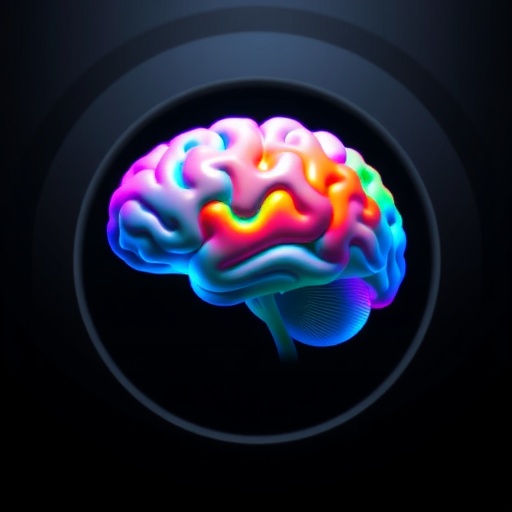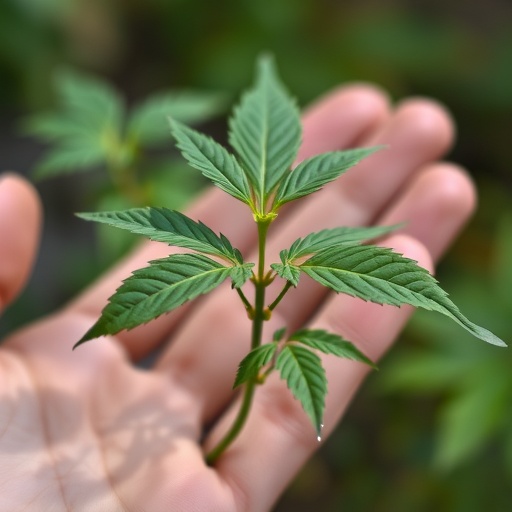In the rapidly evolving landscape of neuroscience, large-scale magnetic resonance imaging (MRI) studies offer unprecedented opportunities to unravel the complexities of brain development during adolescence. These studies, leveraging expansive population-based samples, hold promise for illuminating the intricate neurodevelopmental trajectories that underpin cognitive maturation and the emergence of neuropsychiatric disorders. However, a groundbreaking new analysis has revealed that the reliability of such endeavors is critically compromised by subtle yet pervasive artifacts, challenging the very foundation of automated MRI data analysis in youth populations.
Adolescents present a unique challenge in neuroimaging research due to their increased propensity for motion during scanning sessions, which introduces a non-random pattern of noise and artifacts into MRI datasets. These confounds do not merely add random variability; rather, they systematically bias morphometric measurements, particularly cortical thickness and surface area estimates derived from T1-weighted structural MRI scans. The latest findings stem from the largest publicly available dataset dedicated to adolescent brain development—the Adolescent Brain Cognitive Development (ABCD) study—comprising over eleven thousand high-resolution T1 MRI scans from 9- to 10-year-old participants.
Upon rigorous visual quality control of this enormous sample, investigators discovered that more than half (55.1%) of the scans deemed to be of suboptimal image quality harbored systematic distortions in cortical thickness and surface area measurements. Such distortions had profound implications for downstream analyses designed to correlate brain structure with clinical phenotypes, sometimes engendering false-positive associations that suggested brain-behavior relationships where none existed, and at other times masking genuine associations—a classic pattern of false negatives. This revelation underscores a critical vulnerability in interpreting large-scale neuroimaging data, where quantity alone does not guarantee accuracy or reproducibility.
.adsslot_B7p0bgiasO{ width:728px !important; height:90px !important; }
@media (max-width:1199px) { .adsslot_B7p0bgiasO{ width:468px !important; height:60px !important; } }
@media (max-width:767px) { .adsslot_B7p0bgiasO{ width:320px !important; height:50px !important; } }
ADVERTISEMENT
Integral to this study was the identification of automated indicators that could flag low-quality scans effectively and systematically correct for their confounding influences. The metric known as “surface hole number,” which quantifies topological complexity related to surface reconstruction accuracy, emerged as a particularly robust automated marker of scan quality. Employing surface hole number as a covariate in statistical models helped to partially remediate the biases introduced by compromised images, thus reducing error rates and improving confidence in observed structural-clinical associations.
Yet, even within the subset of high-quality scans, the researchers noted subtle but consequential topological errors introduced during preprocessing pipelines. Image preprocessing—a series of computational steps that prepare raw MRI data for morphometric analysis—can inadvertently generate distortions that elude automated quality control metrics. Notably, manual correction protocols, involving hands-on editing of surface models, not only reproducibly altered cortical thickness measurements but also amplified the strength of biologically plausible associations, such as those between age increment and cortical thinning. This finding highlights an essential paradox: automated processing pipelines, revered for their efficiency and scalability, may fail to capture nuanced imperfections that only expert human intervention can resolve.
The implications of these findings are profound for the neuroimaging community, which increasingly relies on automated analyses to manage ever-expanding datasets. The promise of large-scale studies in revealing subtle neurodevelopmental trends and psychiatric risk markers is jeopardized if image quality biases go unaccounted for. This risk is particularly salient in youth research, where developmental changes intersect with methodological challenges posed by movement and scanning compliance variability.
Furthermore, these insights cast light on the invisible cost of overlooking image quality in neurodevelopmental MRI research. False-positive findings not only waste scientific resources but also potentially misdirect clinical research and intervention strategies by promulgating spurious brain-behavior relationships. Conversely, false negatives may retard the discovery of meaningful biomarkers, delaying advances in early diagnosis and personalized treatment of mental health disorders.
Recognizing these challenges, the study advocates for a multipronged approach integrating both automated metrics, such as surface hole number, and meticulous manual review to ensure data integrity. Although the scale of modern MRI studies complicates the feasibility of universally applying manual edits, strategic sampling and correction of high-importance subsets, combined with automation, offer a practical compromise.
Moreover, this research underscores the necessity of developing more sophisticated preprocessing algorithms sensitive to subtle topological anomalies. Innovations in machine learning and artificial intelligence may pave the way for next-generation quality control tools capable of bridging the gap between automation and expert oversight.
The study’s revelations also call for heightened transparency in reporting quality control procedures and contaminants in large neuroimaging datasets. Standardized metrics and open-access quality flags can empower researchers globally to filter or adjust for compromised scans, improving reproducibility and meta-analytic aggregation.
From a broader perspective, this work adds a critical dimension to the ongoing discourse about reproducibility in neuroscience and psychology. As the field grapples with the “replication crisis,” technical artifacts and data quality emerge as fundamental factors influencing the robustness of scientific findings. Ensuring that large MRI datasets accurately reflect biological realities rather than methodological artifacts is indispensable for sustaining public trust and advancing neurodevelopmental science.
Looking ahead, collaborative initiatives that integrate neuroimaging, computational modeling, and clinical phenotyping will benefit from incorporating stringent quality control pipelines. Such interdisciplinary efforts promise to refine the precision of brain-behavior mappings during the pivotal adolescent period, unlocking new frontiers in understanding and treating neuropsychiatric disorders.
In conclusion, the newly uncovered biases in automated MRI analyses of adolescent brain development serve as both a cautionary tale and a roadmap for future research. They remind us that cutting-edge neuroscience hinges not only on the scale of data acquisition but critically upon the vigilance and rigor of data quality assurance. Only through concerted efforts addressing the intertwined challenges of motion artifacts, preprocessing errors, and quality control can the field fully harness the transformative potential of large-scale neuroimaging studies.
Subject of Research: Bias and quality control in large-scale automated MRI analyses of adolescent brain development
Article Title: Addressing artifactual bias in large, automated MRI analyses of brain development
Article References:
Elyounssi, S., Kunitoki, K., Clauss, J.A. et al. Addressing artifactual bias in large, automated MRI analyses of brain development. Nat Neurosci (2025). https://doi.org/10.1038/s41593-025-01990-7
Image Credits: AI Generated
Tags: ABCD study findings on brain imagingadolescent brain development researchartifactual bias in MRI studiesautomated MRI data analysis challengescortical thickness measurement biasimpact of image quality on neuroimaginglarge-scale MRI datasets in neurosciencemotion artifacts in MRI scansneurodevelopmental trajectories in youthneuropsychiatric disorder research implicationsT1-weighted structural MRI limitationsvisual quality control in MRI studies





